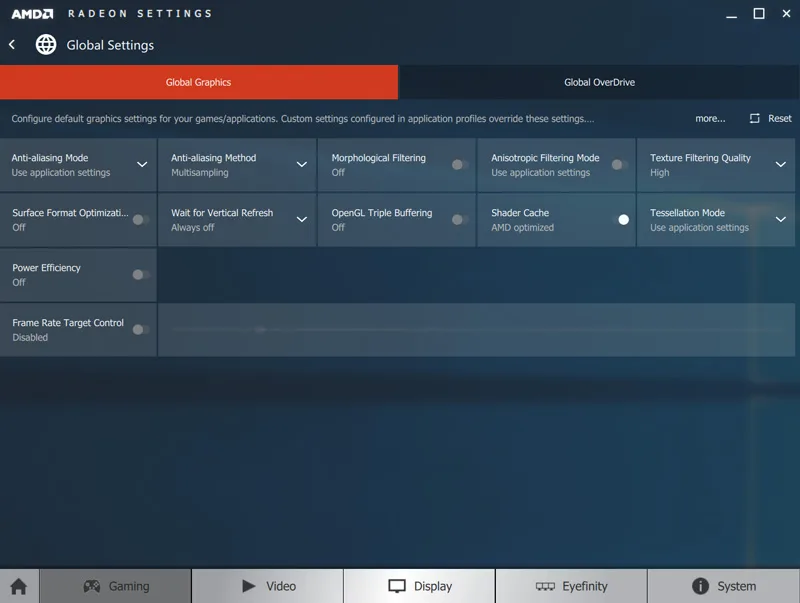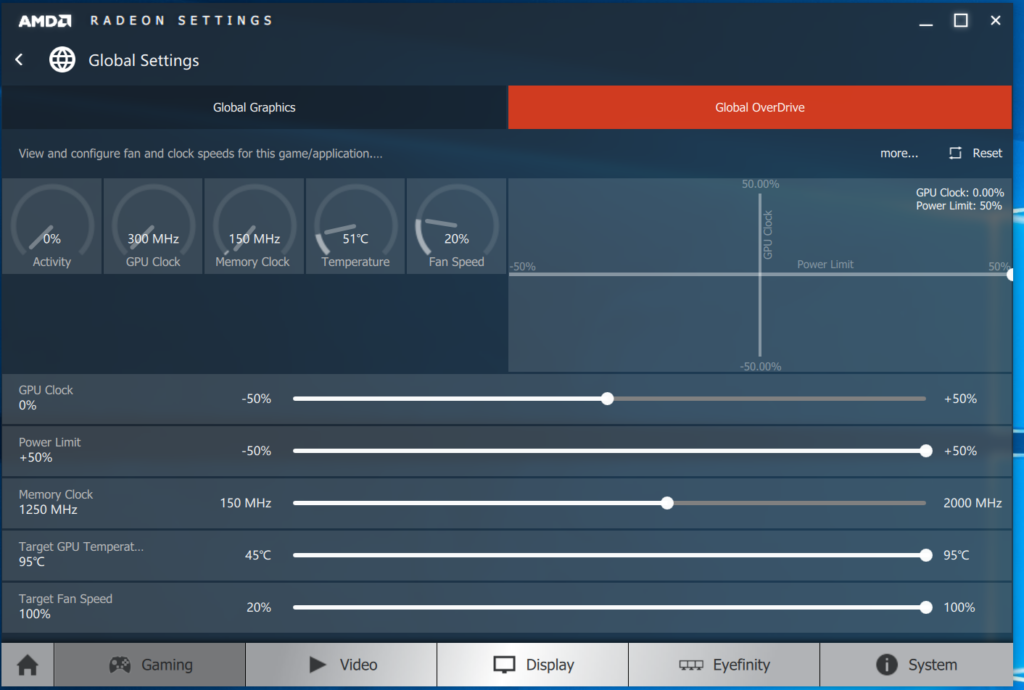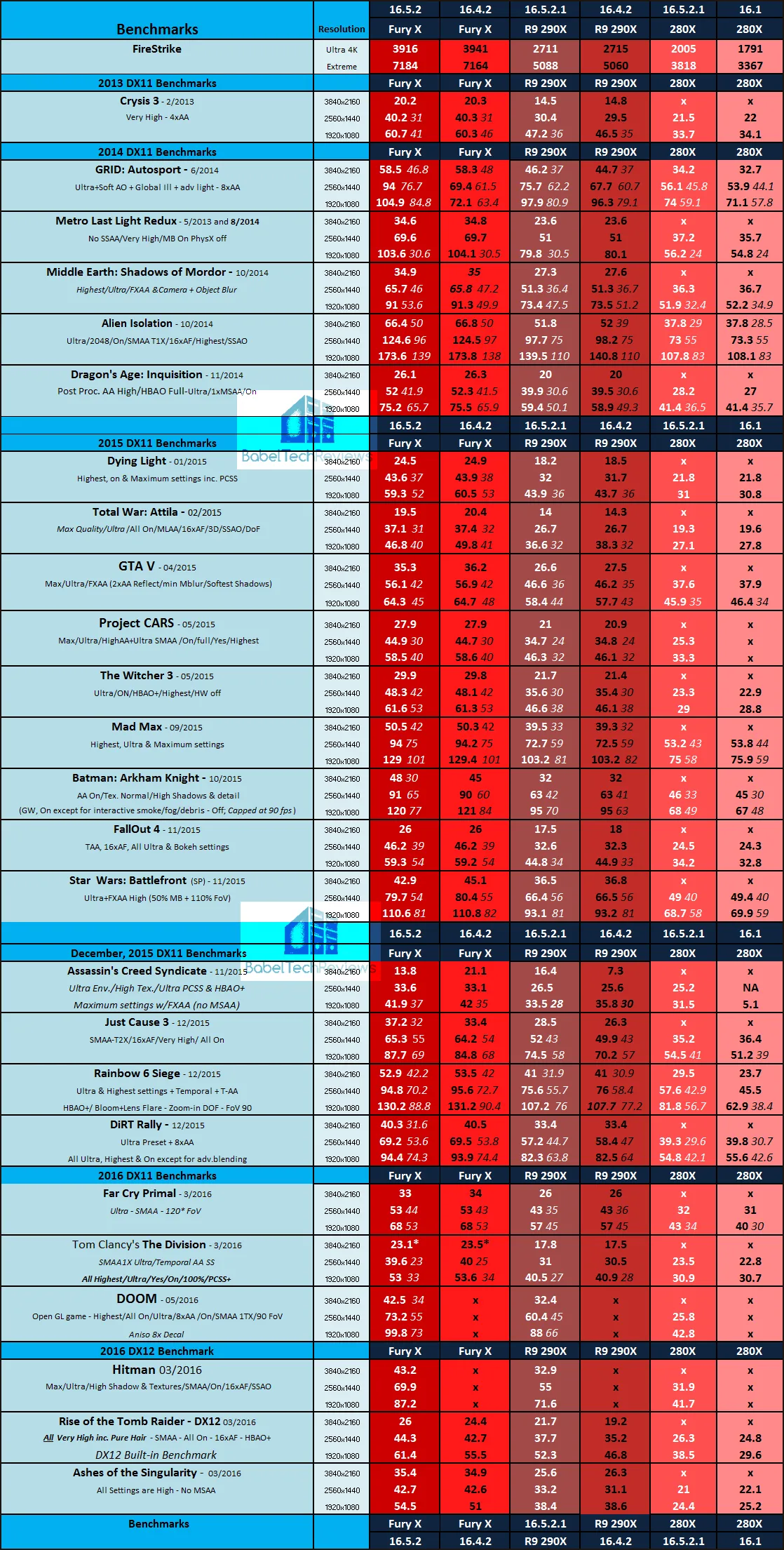As regularly featured on BabelTechReviews, this driver analysis will examine the performance of 26 PC games using the latest Crimson Software Catalyst 16.5.2.1 hotfix drivers which were released last week. We will compare these drivers versus Catalyst 16.4.2 drivers using our reference PowerColor Fury X and VisionTek 290X, and we are also comparing the reference 280X on the last tested 16.1 Crimson drivers. We are also going to benchmark using our latest benchmarks, DOOM & Hitman.
 BTR’s The Big Picture, once reserved for video card reviews, is now included with every driver performance analysis. We are comparing recent GeForce Drivers, using the GTX 1080 and GTX 980 Ti versus the Fury X, the GTX 980 and the GTX 970 OC versus the R9 290X and 280X. We want to document the performance changes of the current Crimson Software Catalyst 16.5.2.1 hotfix beta drivers on Windows 10. Here we are going to give you the performance results of our cards at 1920×1080, 2560×1440, and at 3840×2160, using 26 games and 1 synthetic test.
BTR’s The Big Picture, once reserved for video card reviews, is now included with every driver performance analysis. We are comparing recent GeForce Drivers, using the GTX 1080 and GTX 980 Ti versus the Fury X, the GTX 980 and the GTX 970 OC versus the R9 290X and 280X. We want to document the performance changes of the current Crimson Software Catalyst 16.5.2.1 hotfix beta drivers on Windows 10. Here we are going to give you the performance results of our cards at 1920×1080, 2560×1440, and at 3840×2160, using 26 games and 1 synthetic test.
Our testing platform is a very recent clean install of Windows 10 64-bit Home Edition, and we are using an Intel Core i7-4790K which turbos all cores to 4.4GHz in the BIOS, an ASUS Z97E motherboard, and 16GB of Kingston “Beast” HyperX RAM at 2133MHz. The settings and hardware are identical except for the drivers being tested.
At R9 280X and above, we test at higher settings and at higher resolutions generally than we test mid-range and lower-end cards. All of our games are now tested at three resolutions at 60Hz: 3840×2160, 2560×1440, and 1920×1080, except for the 280X which is not strong enough for 4K; and we use DX11 whenever possible with a very strong emphasis on the latest DX11 games. We also test 3 games on the DX12 pathway, Ashes of the Singularity, Hitman, & Rise of the Tomb Raider .
Let’s get right to the test configuration, to the driver release notes, and then to our results.
Test Configuration
Test Configuration – Hardware
- Intel Core i7-4790K (reference 4.0GHz, HyperThreading and Turbo boost is on to 4.4GHz; DX11 CPU graphics), supplied by Intel.
- ASUS Z97-E motherboard (Intel Z97 chipset, latest BIOS, PCIe 3.0 specification, CrossFire/SLI 8x+8x)
- Kingston 16 GB HyperX Beast DDR3 RAM (2×8 GB, dual-channel at 2133MHz, supplied by Kingston)
- GTX 1080, 8GB, Founder’s Edition, reference clocks supplied by Nvidia
- GeForce GTX 980 Ti, 6GB reference clocks, supplied by Nvidia
- GeForce GTX 980, 4GB, reference clocks, supplied by Nvidia
- GALAX GTX 970 EXOC 4GB, GALAX factory overclock, supplied by GALAX
- PowerColor R9 Fury X 4GB, stock clocks.
- VisionTek R9 290X 4GB, reference clocks.
- VisionTek R9 280X, 3GB, reference clocks
- Two 2TB Toshiba 7200 rpm HDDs
- EVGA 1000G 1000W power supply unit
- Cooler Master 2.0 Seidon, supplied by Cooler Master
- Onboard Realtek Audio
- Genius SP-D150 speakers, supplied by Genius
- Thermaltake Overseer RX-I full tower case, supplied by Thermaltake
- ASUS 12X Blu-ray writer
- Monoprice Crystal Pro 4K
Test Configuration – Software
- Nvidia’s GeForce GTX 1080 Launch Drivers 368.13 and 368.16 (they differ only that 368.16 was written to enable use of the new Precision X) were used for the GTX 1080; and 365.10 drivers were used to benchmark the GTX 980 Ti and the GTX 980; GeForce 361.91 was used for the GTX 970 EXOC as noted on the Big Picture chart. High Quality, prefer maximum performance, single display.
- The AMD Crimson Software 16.5.2 was used for benching the Fury X, and 16.5.2.1 Hotfix was used for the 290X and 280X. (Hotfix 16.5.2.1 was used for DOOM and for Hitman for Fury X). Global settings are noted below after the benchmark suite.
- VSync is off in the control panel.
- AA enabled as noted in games; all in-game settings are specified with 16xAF always applied
- All results show average frame rates including minimum frame rates shown in italics on the chart next to the averages in smaller font.
- Highest quality sound (stereo) used in all games.
- Clean install of Windows 10 64-bit Home edition, all DX11 titles were run under DX11 render paths. Our DX12 titles are run under the DX12 render path. Latest DirectX
- All games are patched to their latest versions at time of publication.
- EVGA’s Precision XOC, latest beta version for Nvidia cards.
The 26 PC Game benchmark suite & 1 synthetic test
- Synthetic
- Firestrike – Basic & Extreme
-
DX11* Games
- Crysis 3
- Metro: Last Light Redux (2014)
- GRID: Autosport
- Middle Earth: Shadows of Mordor
- Alien Isolation
- Dragon’s Age: Inquisition
- Dying Light
- Total War: Attila
- Grand Theft Auto V
- ProjectCARS
- the Witcher 3
- Batman: Arkham Knight
- Mad Max
- Fallout 4
- Star Wars Battlefront
- Assassin’s Creed Syndicate
- Just Cause 3
- Rainbow Six Siege
- DiRT Rally
- Far Cry Primal
- Tom Clancy’s The Division
- DOOM (OpenGL game)
- DX12 Games
- Ashes of the Singularity
- Rise of the Tomb Raider
- Hitman
Here are the settings that we always use in AMD’s Crimson Control Center for our default benching. They are identical settings to what we used in the older Catalyst Control Center. The new Power Efficiency Toggle which was made available for the Fury X and some 300 series cards after Crimson Software 16.3, is left off in our benching. Please note that 100% fan speed is used for benching the 290X reference version, and it does not throttle at all.
Nvidia’s Control Panel settings:

Release Notes Highlights for Catalyst 16.5.2.1 Hotfix Drivers
The release notes and download links for the latest Crimson Catalyst 16.5.2.1 drivers can be found here for Windows 10.
Included Highlights:
- Support for:
- Oculus Rift™ SDK v1.3
- HTC Vive™
- Updated Crossfire Profiles available for:
- Hitman™
Let’s head to the chart to compare the driver progress from the 16.4.1 Crimson drivers for Fury X and the 290X, and the progress from 16.1 for 280X to the new Crimson Software 16.5.2.1 hot-fix driver since we tested them the last time.
The Summary Chart
Below is the summary chart of 26 games and 1 synthetic test. The highest settings are always chosen and it is DX11 when there is a choice (except for Ashes of the Singularity, Hitman, & Rise of the Tomb Raider which is always run in DX12), and the settings are ultra. Specific in-game settings are listed on the Main Performance chart.
The benches are run at 1920×1080, 2560×1440, and 3840×2160. All results, except for Firestrike, show average framerates and higher is always better. In-game settings are fully maxed out and they are identically high or ultra across all platforms. “NA” means the game would not run at the settings chosen, and an *asterisk means that there were issues with running the benchmark, usually visual artifacting. “X” means the benchmark was not run at all.
As usual, we note mostly incremental improvements with the latest drivers, but this time, they are generally positive. The only small negatives included Assassin’s Creed Syndicate with Fury X at 4K where memory management appears to be weak compared with the last driver.
We also note some great performance improvements including with Rise of the Tomb Raider and with Just Cause 3.
The Big Picture once reserved for video card reviews has been expanded to feature all of our competing cards on recent drivers.
The Big Picture
Here’s our latest Big Picture including the GTX 1080. We are beginning with the GTX 1080 and the GTX 980 Ti versus the Fury X, the GTX 980 and the GTX 970 EXOC versus the R9 290X and versus the R9 280X. The Nvidia cards are tested on the driver sets as shown on the top and bottom lines of the Big Picture.
The highest settings are always chosen and it is DX11 when there is a choice (except for Ashes of the Singularity, Hitman, & Rise of the Tomb Raider which is always run in DX12), and the settings are ultra. Specific in-game settings are listed on the Main Performance chart.
The benches are run at 1920×1080, 2560×1440, and 3840×2160. All results, except for Firestrike, show average framerates and higher is always better. In-game settings are fully maxed out and they are identically high or ultra across all platforms. “NA” means the game would not run at the settings chosen, and an *asterisk means that there were issues with running the benchmark, usually visual artifacting. “X” means the benchmark was not run at all.
Let’s head to our conclusion.
Conclusion:
 So far, we would highly recommend upgrading to the latest Crimson Software Catalyst 16.5.2.1 hotfix beta driver from any previous Crimson or Catalyst driver because there are generally advantages that are sometimes quite significant, depending on the game you are playing.
So far, we would highly recommend upgrading to the latest Crimson Software Catalyst 16.5.2.1 hotfix beta driver from any previous Crimson or Catalyst driver because there are generally advantages that are sometimes quite significant, depending on the game you are playing.
For many games in our benching suite, Crimson Software 16.5.2.1 hotfix may bring significant improvement to the Fury X and the 290X over even slightly older drivers, with generally larger improvements for the 280X which were last tested on 16.1. The benefits generally outweigh any negatives and it is essential for playing DOOM and Hitman.
Stay tuned, next up we are planning a GTX 1080 overclocking article which should be posted tomorrow.
Happy gaming!



